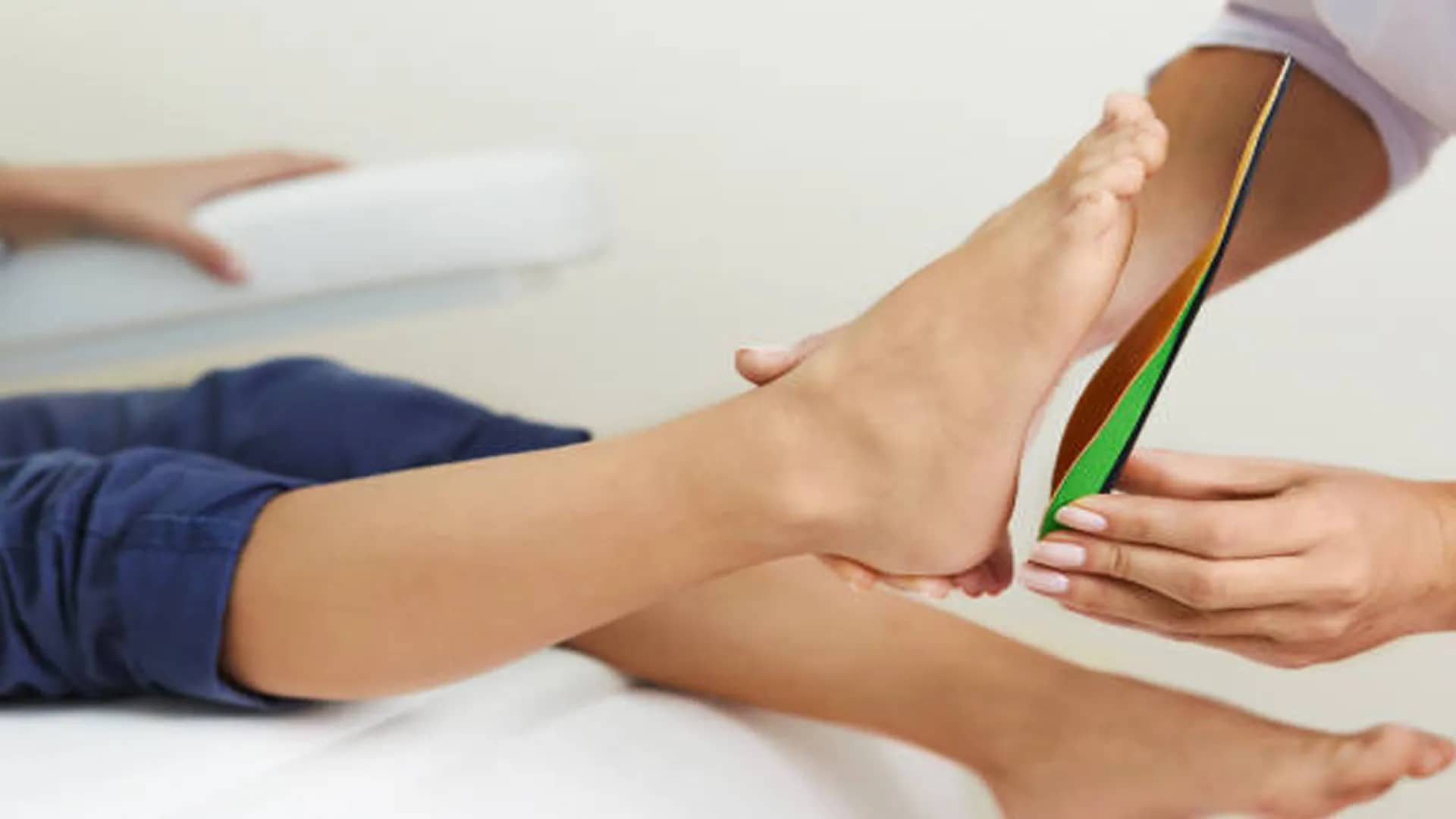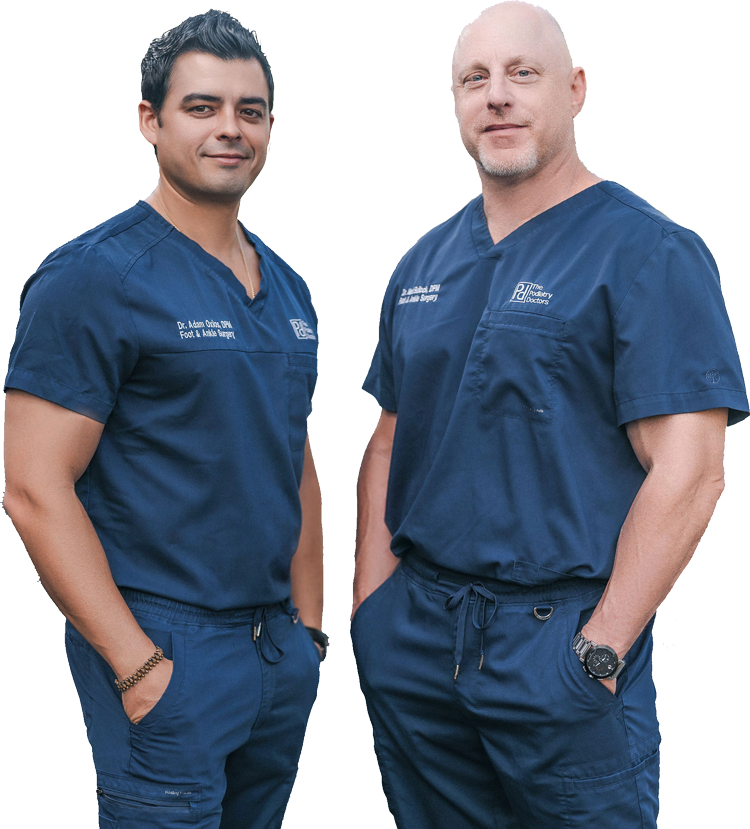
Orthotics / Bracing
Orthotics, like cars come in different makes and models. The two main categories are accommodative and functional. Accommodative orthotics are meant to off-load areas of high pressure and due to this, are normally thicker and softer (normally seen in diabetic shoes to avoid ulceration). Functional orthotics main purpose is to control biomechanics. These tend to be thinner and made of a more durable material (think of a flat-footed athlete or businessman that needs to be able to fit the orthotic in a narrow shoe). These orthotics tend to be custom made which requires a visit to your podiatrist’s office for a mold of both feet.
Most over-the-counter orthotics are a combination of the above. They serve to soften the inside of your shoe and provide some support. Historically, OTC orthotics don’t function as well as custom because everyone’s foot is different and OTC orthotics don’t do a great job at either offloading pressure points or controlling biomechanics; Not to say some patients don’t respond well to OTC orthotics.
Bracing refers to a technique used to control both the foot and ankle as well as their relationship to one another. They are normally made for patients with a fixed or permanent deformity or deficit of the foot/ankle or patients with advanced arthritis (amongst other conditions). Different conditions (fixed arthritis, drop-foot, spastic conditions…) require different bracing techniques, all of which can be explained by your doctors. Our office is affiliated with a knowledgeable orthotist that comes in on a weekly basis, eliminating the need for patients to make extra trips to other offices for fitting.



